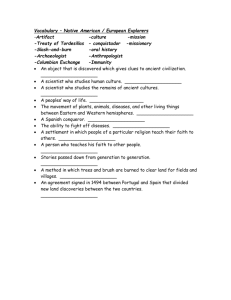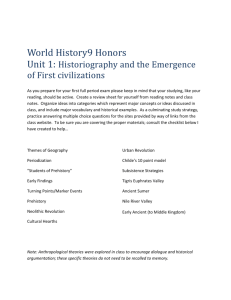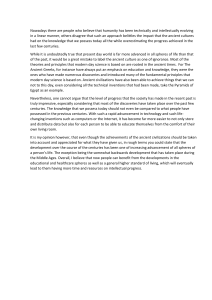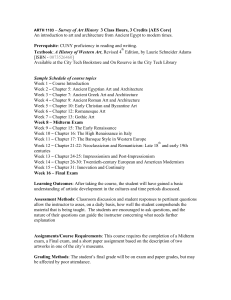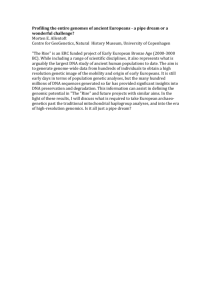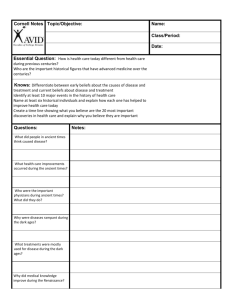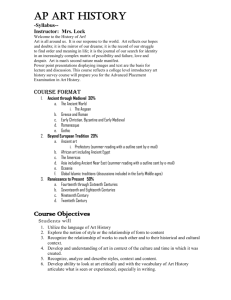SCIENTIFIC REVOLUTION & ENLIGHTENMENT
advertisement
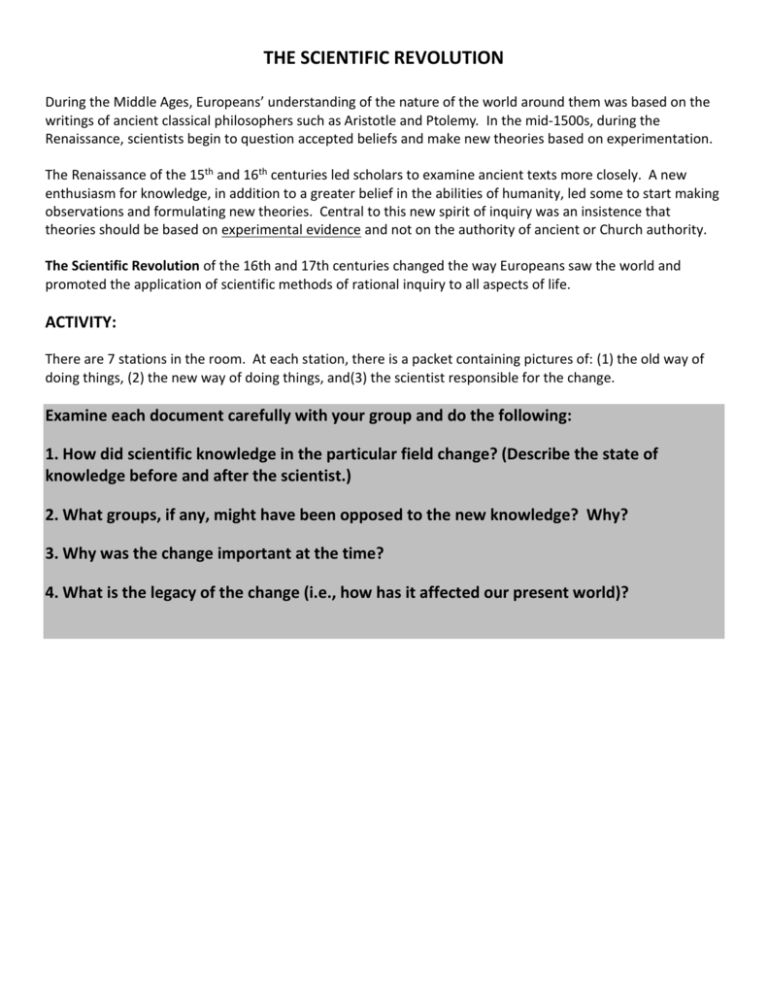
THE SCIENTIFIC REVOLUTION During the Middle Ages, Europeans’ understanding of the nature of the world around them was based on the writings of ancient classical philosophers such as Aristotle and Ptolemy. In the mid-1500s, during the Renaissance, scientists begin to question accepted beliefs and make new theories based on experimentation. The Renaissance of the 15th and 16th centuries led scholars to examine ancient texts more closely. A new enthusiasm for knowledge, in addition to a greater belief in the abilities of humanity, led some to start making observations and formulating new theories. Central to this new spirit of inquiry was an insistence that theories should be based on experimental evidence and not on the authority of ancient or Church authority. The Scientific Revolution of the 16th and 17th centuries changed the way Europeans saw the world and promoted the application of scientific methods of rational inquiry to all aspects of life. ACTIVITY: There are 7 stations in the room. At each station, there is a packet containing pictures of: (1) the old way of doing things, (2) the new way of doing things, and(3) the scientist responsible for the change. Examine each document carefully with your group and do the following: 1. How did scientific knowledge in the particular field change? (Describe the state of knowledge before and after the scientist.) 2. What groups, if any, might have been opposed to the new knowledge? Why? 3. Why was the change important at the time? 4. What is the legacy of the change (i.e., how has it affected our present world)? I think the sun revolves around the earth I think cold weather makes people sick I think rotten meat creates maggots I think earthquakes are caused by an angry god Francis Bacon (1561-1626) Robert Boyle (1627-1691) Nicolaus Copernicus (1473-1543) Galileo Galilei (1564-1642) William Harvey (1578-1657) Edward Jenner (1749-1823) Isaac Newton (1643-1727)

